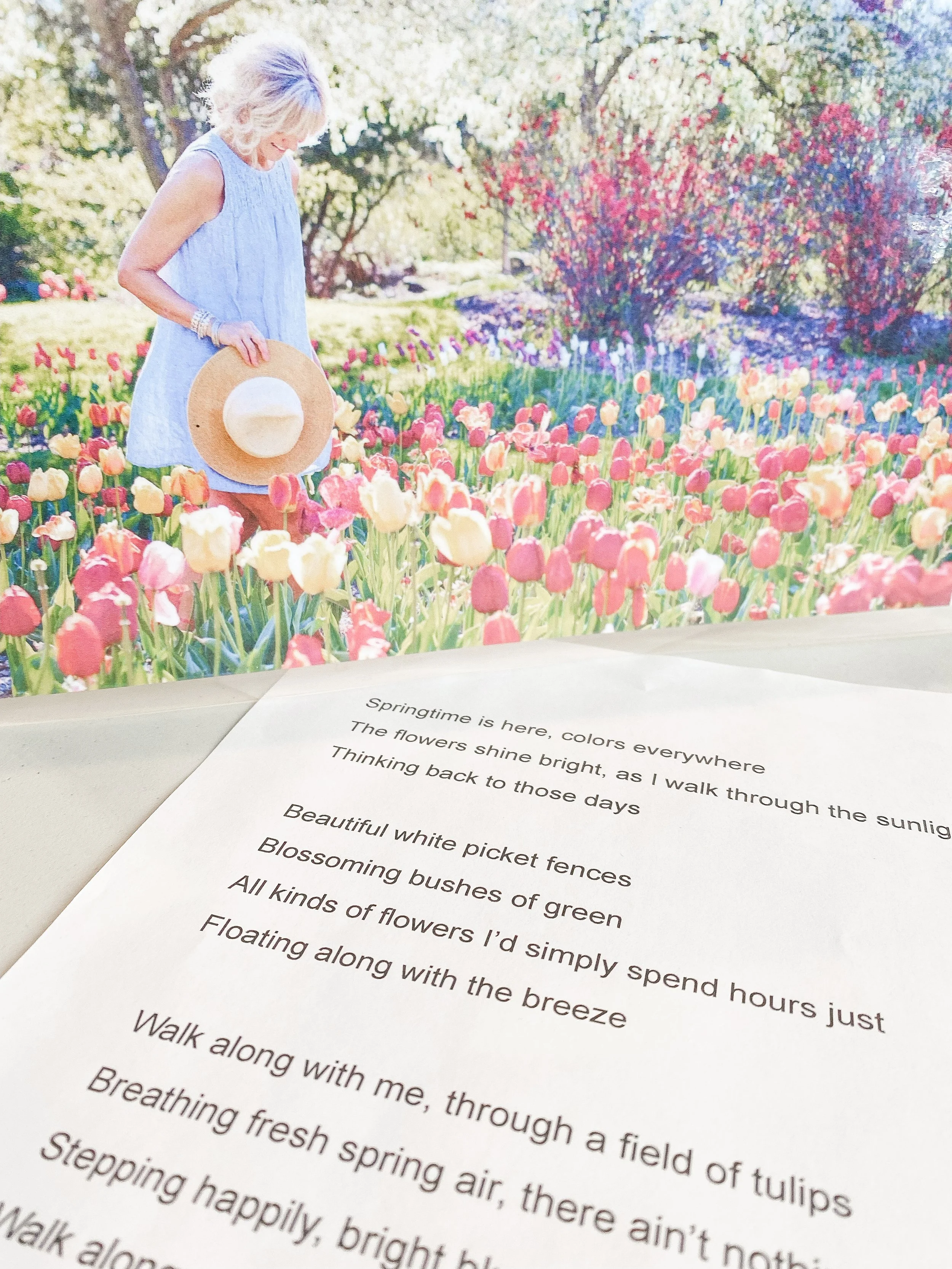Music and physical therapy are two professional disciplines that both play a vital role in the growth, rehabilitation, and enhancement of many patients' lives. In their own respects, they offer specific techniques and skills to better help their patients. Music therapy uses music as its primary tool to reach the non-musical goals of its patients. These goals can include, but are not limited to, motor movement, communication, emotional identification, social skills, and cognition. Physical therapy accomplishes goals through positioning and exercises that target assisting patients in their ability to move. These goals usually look to improve range of motion, balance, gait training, sitting and standing, pain management, and the strengthening of muscles. When these two successful disciplines come together, there is opportunity for great results.
One recent study looked to test the ability of live music therapy to improve the vital signs of child patients during their physical therapy treatments (Kobus et al.). This study took seventeen children between the ages of 1 to 11 years old, with hospital admission due to severe neurologic diseases, to attend two sessions per week, receiving both music therapy and physical therapy simultaneously. This was compared to two other physical therapy sessions without live music therapy. The data that was taken during each session looked at each patient's heart rate, respiratory rate, and oxygen saturation, taken 15 minutes before and 15 minutes after treatment. The purpose of the study was to see how these vital signs would be affected by having music therapy present versus not.
The primary goals of the physical therapy sessions were to obtain functional skills and improve the mobility of the patient. Exercises during treatment utilized positionings such as prone, back, and side positions. Other areas addressed were grasping and handling, turning around, getting up, and walking or running. According to the article, “the aim is to strengthen the child’s independence.” The physical therapist looks to create a genuine relationship with the patient during this process to better understand and influence positive attitudes toward treatment.
When looking at the music therapy side, the music therapist would come alongside the physical therapist by providing improvised playing for infants on softer-sounding instruments such as the sansula. The music therapist would use soft humming tones followed by adjusted tempos based on the breathing and heart rate of the child. In premature infants, it was shown that their vital signs would improve during these interventions. In contrast, during difficult physical therapy exercises, the music therapist would play faster and more upbeat music to match the energy needed by the patient to accomplish their task or exercise.
After a total of 256 sessions, 128 with live music therapy, and 128 without, the results of this study showed that the incorporation of live music therapy during physical therapy treatment was a beneficial option for improving the vital signs of children going through neurological rehabilitation. Significantly lower heart and respiratory rates with a mean difference of -8.0 beats per minute and -0.8 breaths per minute were a result of this study. In the area of oxygen saturation, improvement was seen by a higher level mean of +0.6%.
Both music therapy and physical therapy are great rehabilitative occupations that work toward similar goals. In the case of working together, especially on the rehabilitation side of patients, it is evident that coming together creates beautiful work that benefits their patients greatly and proves to show positive results.
-Beatriz Leal, Music Therapy Intern
References
Kobus, S., Bologna, F., Maucher, I., Gruenen, D., Brandt, R., Dercks, M., Debus, O., & Jouini, E. (2022). Music Therapy Supports Children with Neurological Diseases during Physical Therapy Interventions. International Journal of Environmental Research and Public Health, 19(3), 1492. https://doi.org/10.3390/ijerph19031492






